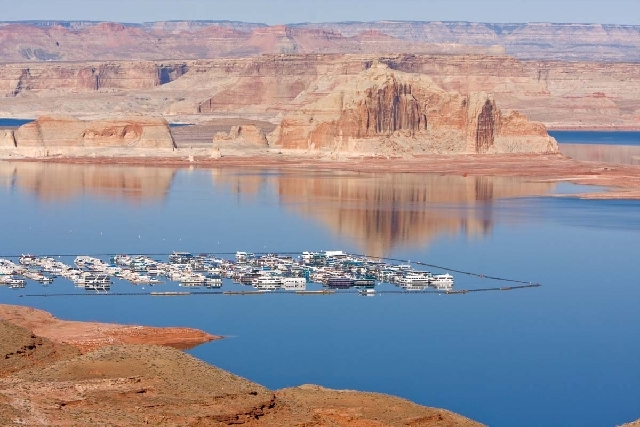Carbon monoxide linked to more boating deaths than previously thought
CARSON CITY — Carbon monoxide is colorless, odorless and deadly. And safety officials say carbon monoxide poisoning probably contributed to more drowning deaths over the past decades than imagined.
The hazard is not something people tend to think about when on a boat enjoying the sunshine and great outdoors. But the dangers are real.
“It’s a problem people don’t recognize,” Edwin Lyngar, a boating safety educator with the Nevada Department of Wildlife, said Friday. “People will start feeling nauseous and think they’re sea sick when they actually have mild carbon monoxide poisoning.”
This past weekend, 22-year-old Lucas Allyn died after boating at Bear Lake in Utah when he was overcome by carbon monoxide. According to the Deseret News, Allyn spent a good part of the day at the rear of a boat — near its exhaust — hoisting skiers and swimmers out of the water.
“It happened in the open air. You would think it unbelievable until you think about how the gases recirculate near the back of the boat,” Dr. Robert Baron, a medical adviser for the Glen Canyon National Recreation Area, told the newspaper.
On Sunday, 12 people were treated in Southern Nevada after being sickened while houseboating on Lake Mead. Five were flown to a hospital in Las Vegas, four were taken by ambulance, and three others were treated at the scene. All have recovered.
“They were running their generator to keep the air conditioning going,” said Christie Vanover, spokeswoman for the Lake Mead National Recreation Area. She said another boat parked next to it, causing the exhaust to circulate back into the houseboat.
Lyngar said a regional group that has studied deaths on the Colorado River concluded that carbon monoxide poisoning “was more prevalent than we thought.”
Baron, who has reviewed death and illness reports on Lake Powell for more than 25 years, agreed.
He and others have collected data showing more than 800 incidents of death or illness on U.S. waterways attributed to carbon monoxide since the mid-1990s.
“There is absolutely many more than that number,” he told The Deseret News. “It’s still an under-recognized event.”
Lyngar said it’s a good idea for boaters to have carbon monoxide detectors on board — and pay attention to them. Also, people should not linger in the back of a boat near exhaust.
Safety tips on avoiding exhaust problems are covered in the agency’s safe boating programs and pamphlets.
“We don’t want to make people afraid,” Lyngar said. “We just want to make people aware.”

















